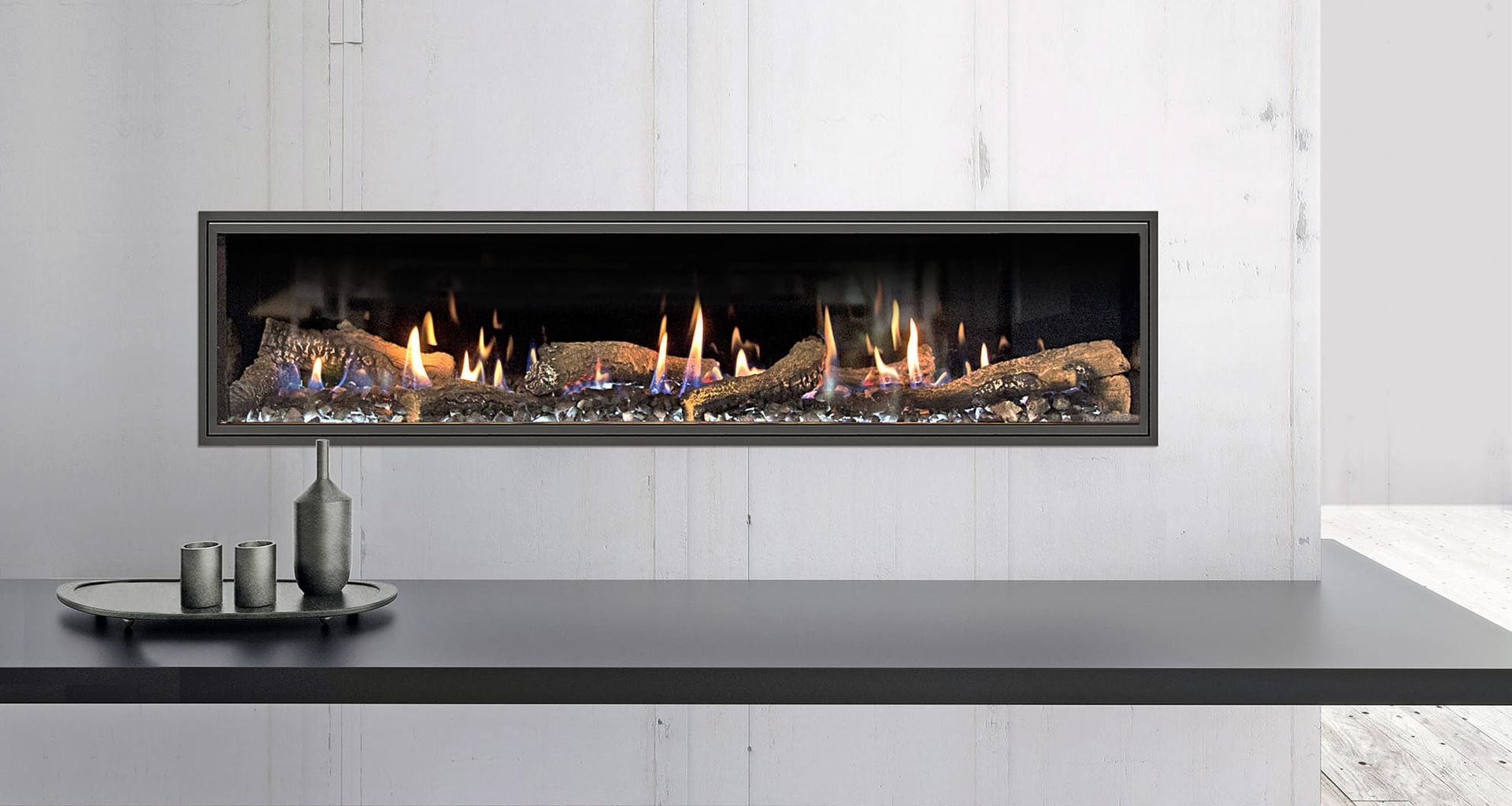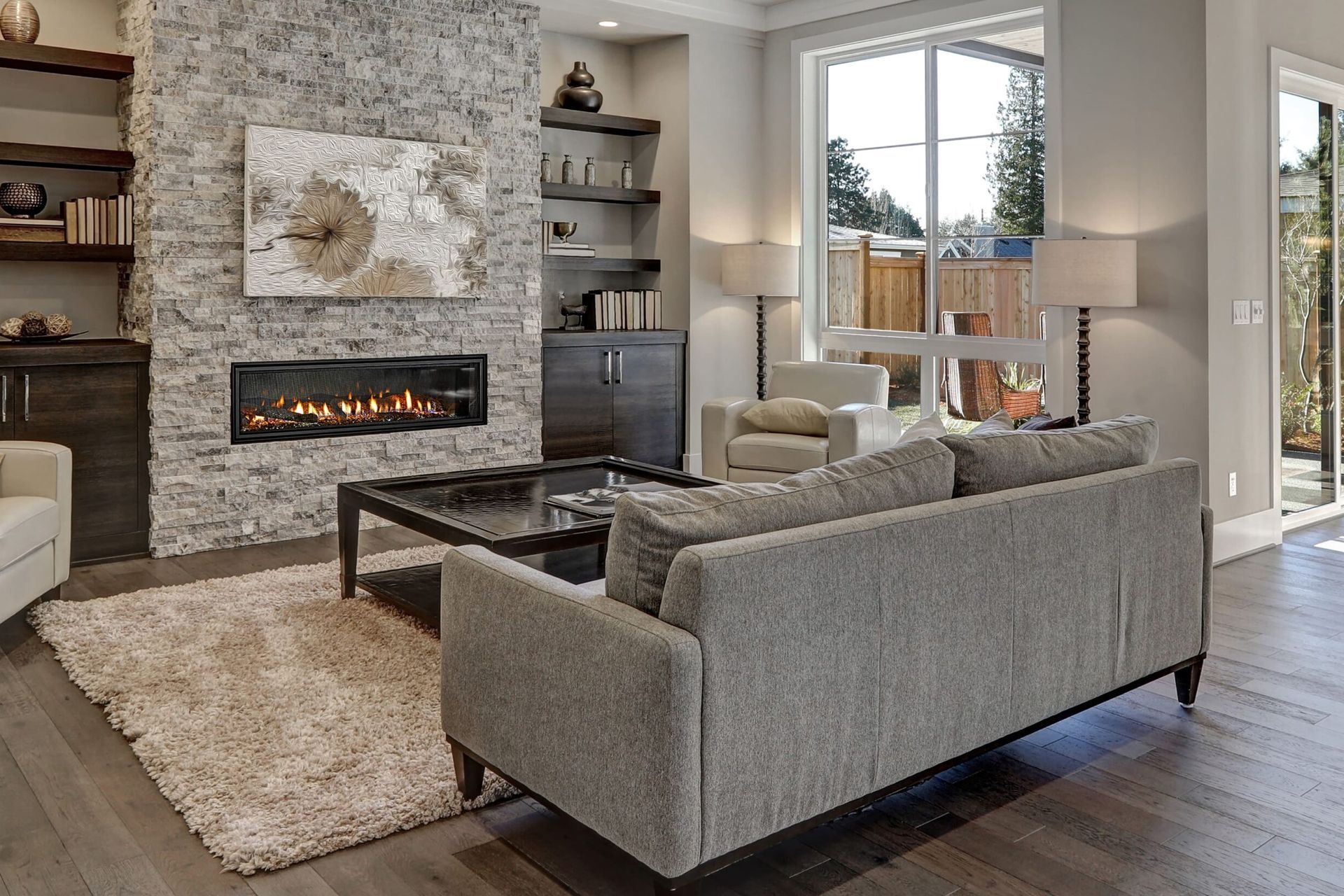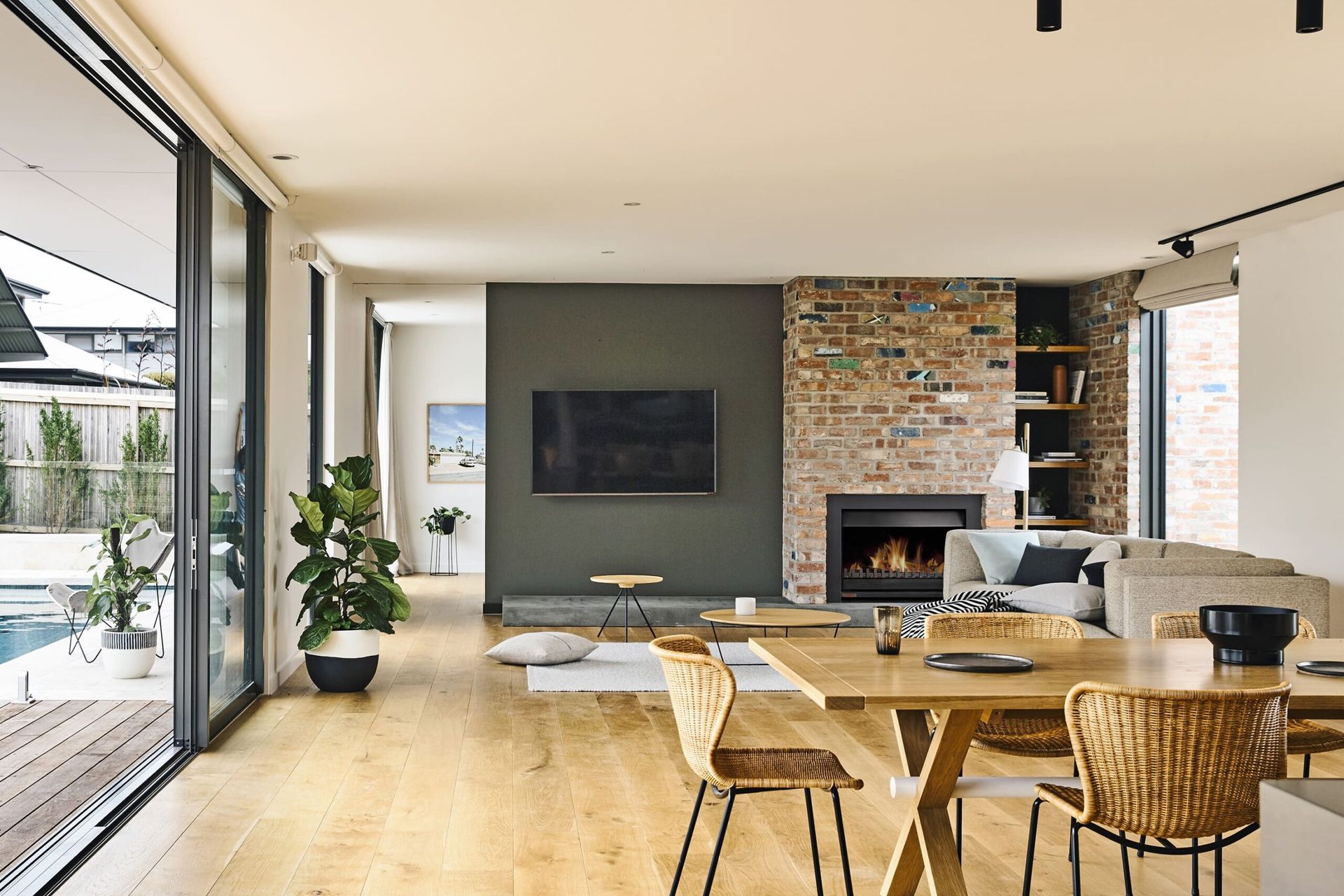How to specify the right fireplace for residential projects
Written by
19 June 2025
•
3 min read

More than a source of heating, a fireplace can create atmosphere, comfort, and a design statement. At Jetmaster Heat & Glo, this is at the heart of everything they do – helping architects, interior designers and homeowners choose the right fireplace to elevate their home.
“Every client has specific requirements, but ambience is generally the focal point,” shares Chris Williamson, Operations Manager at Jetmaster Heat & Glo Australia. “The fireplaces still need to be functional, but the main reason clients turn to us is for the unique ambience our products create in a home.”
A balance of aesthetics, ambience and performance, the impressive range from Jetmaster Heat & Glo includes inbuilt, single- and double-sided fireplaces, as well as freestanding units.
What is the best type of fireplace to have?
A common question when choosing a fireplace is whether to opt for gas or wood. The short answer? It depends on the specific project requirements.
“Wood fireplaces seem to be making a resurgence – people are turning back the clock and looking to use and enjoy wood fireplaces once again for heating their homes,” says Chris. “However, gas fireplaces do offer unparalleled convenience.”
Gas vs. wood: What to consider
- Gas availability in the area.
- Servicing and maintenance: Wood fireplaces require frequent cleaning and annual maintenance.
- With modern wood fireplaces, seasoning the wood correctly is important, otherwise, you can damage the unit.
- What aesthetic do you want? Gas units generally suit a modern interior, whereas wood fireplaces deliver a more traditional look and feel.
- Design constraints: Wood fireplaces require a vertical terminating flue, whereas gas units are more flexible, with some offering direct rear vent flue terminations.
- Costs: Both gas and wood fireplaces involve operating costs on top of the installation costs.
- Venting is a crucial consideration for both. Adding either to an existing home can be challenging, and engaging experts is crucial for ensuring the fireplace can be fitted safely and compliantly.

The balancing act of fireplace size and placement
While it can be easy to select a fireplace design based on aesthetics alone, there needs to be careful consideration of how its thermal output suits the size of the space. “It’s a careful balance between aesthetics and performance,” says Chris. “Fireplaces dominate a space, but people often neglect the heat output of wood fireplaces and find the space too hot when using the fireplace.”
To avoid this, planning is critical – sooner rather than later. “Clients often decide to add a fireplace once the home is finished, as they feel something is missing. Fireplaces should be a discussion early in the design phase of the build to ensure flue requirements can be met.”
Chris warns that fireplaces are often heavily featured in sales briefs and renderings to help sell apartments and new builds. “Clients are left to option fireplaces if they wish, but considerations are often not made for flue or other services. These oversights can be incredibly costly, so please consider fireplaces early in the design to avoid disappointment.”

Jetmaster has expert staff ready to assist you in order to ensure the fireplace specified is suited to the space and can be compliantly installed. The fireplace industry is continually changing and evolving, with Jetmaster having already launched several groundbreaking technologies this year, including the VisionLine Insulated Taurus and Phoenix wood fireplaces that have incorporated the AFS flue system to create the only passive house-certified balanced flue wood fireplaces in the world.
Explore the range of fireplaces from Jetmaster Heat & Glo.